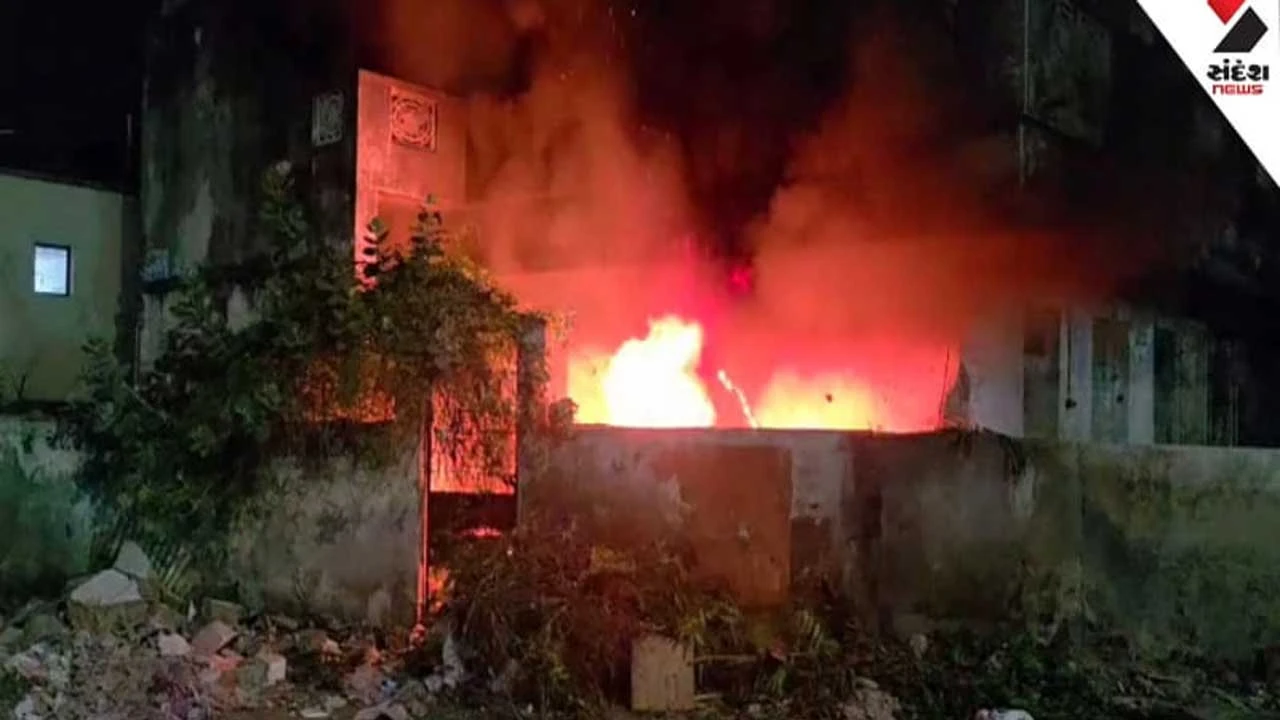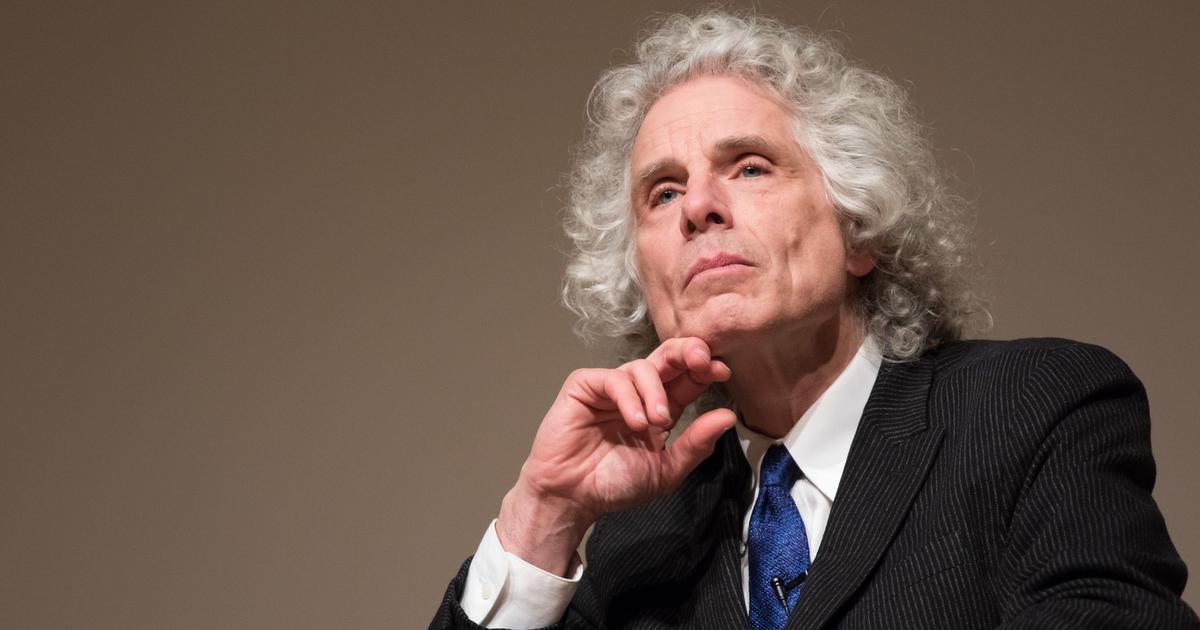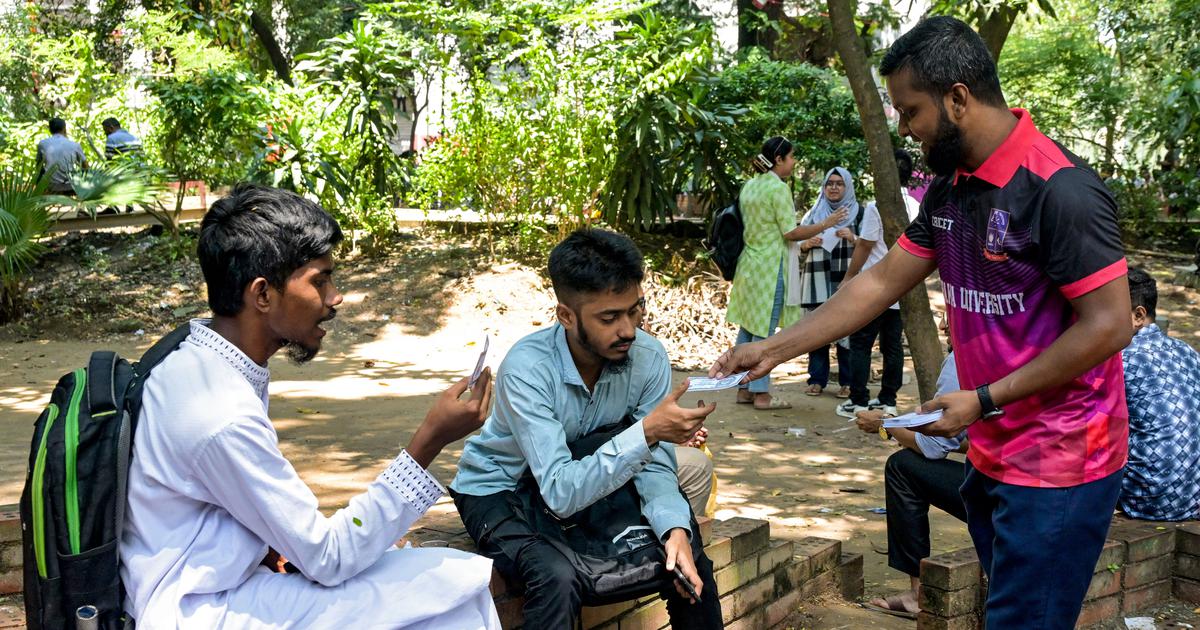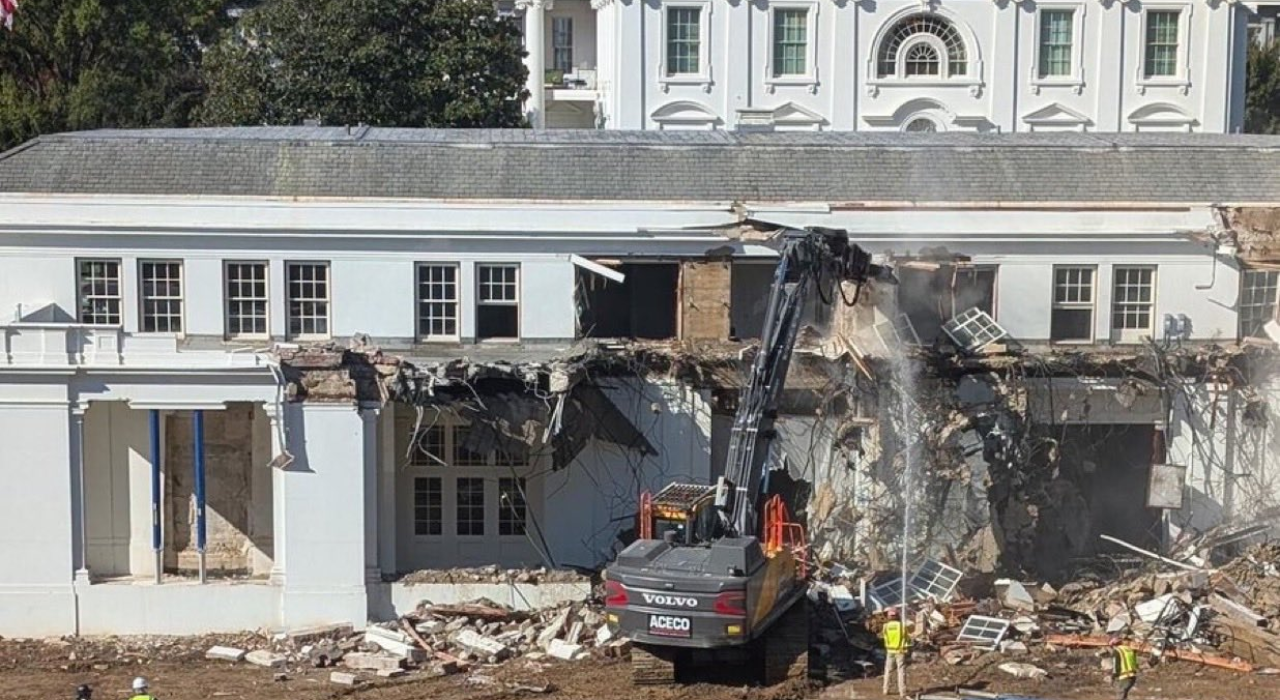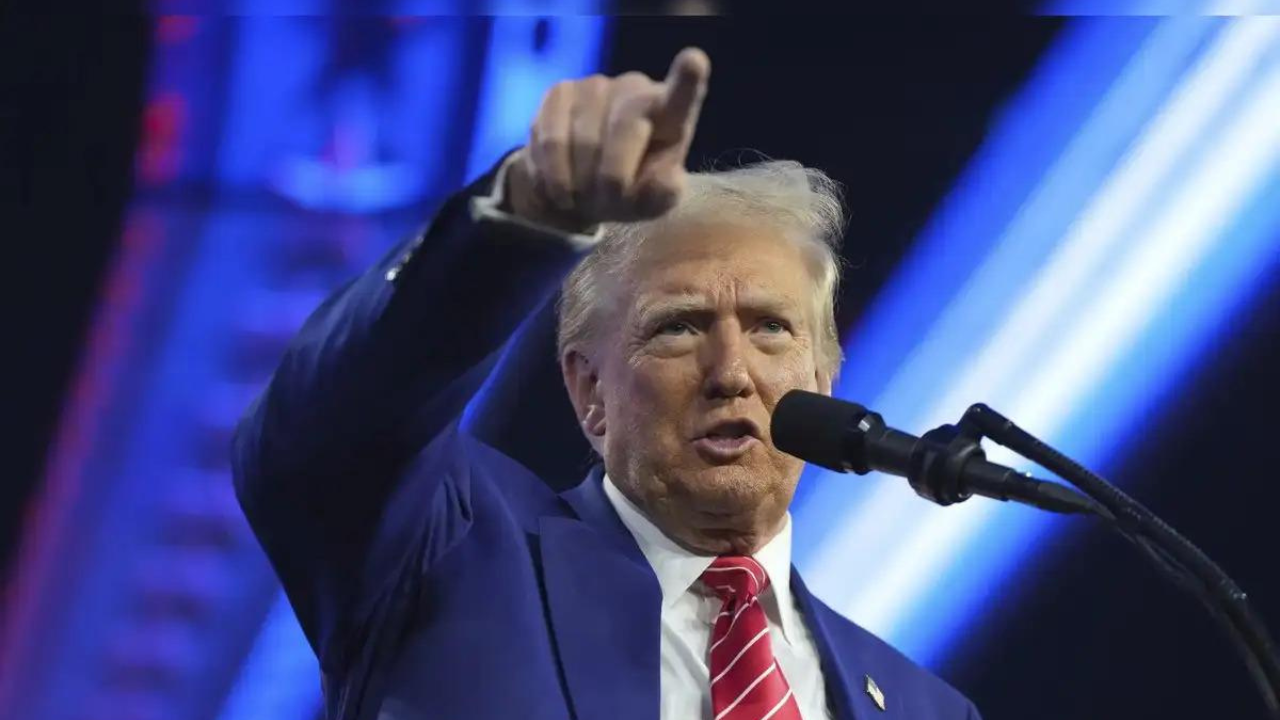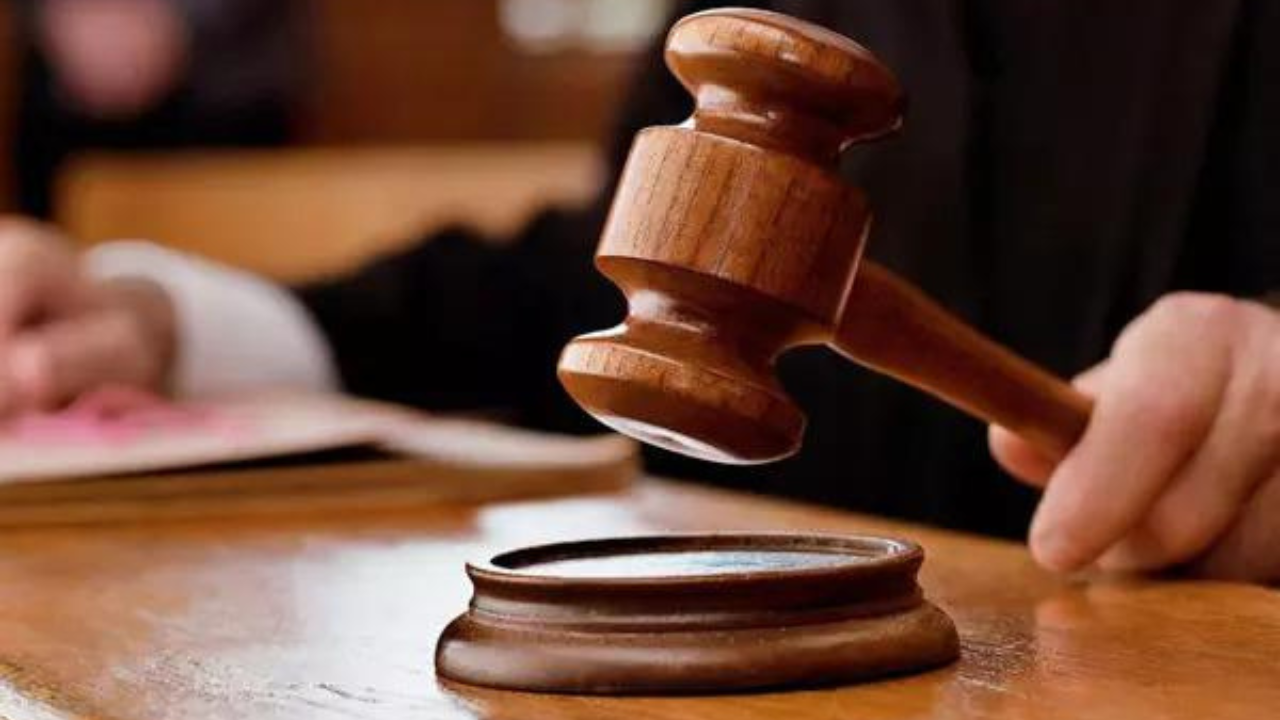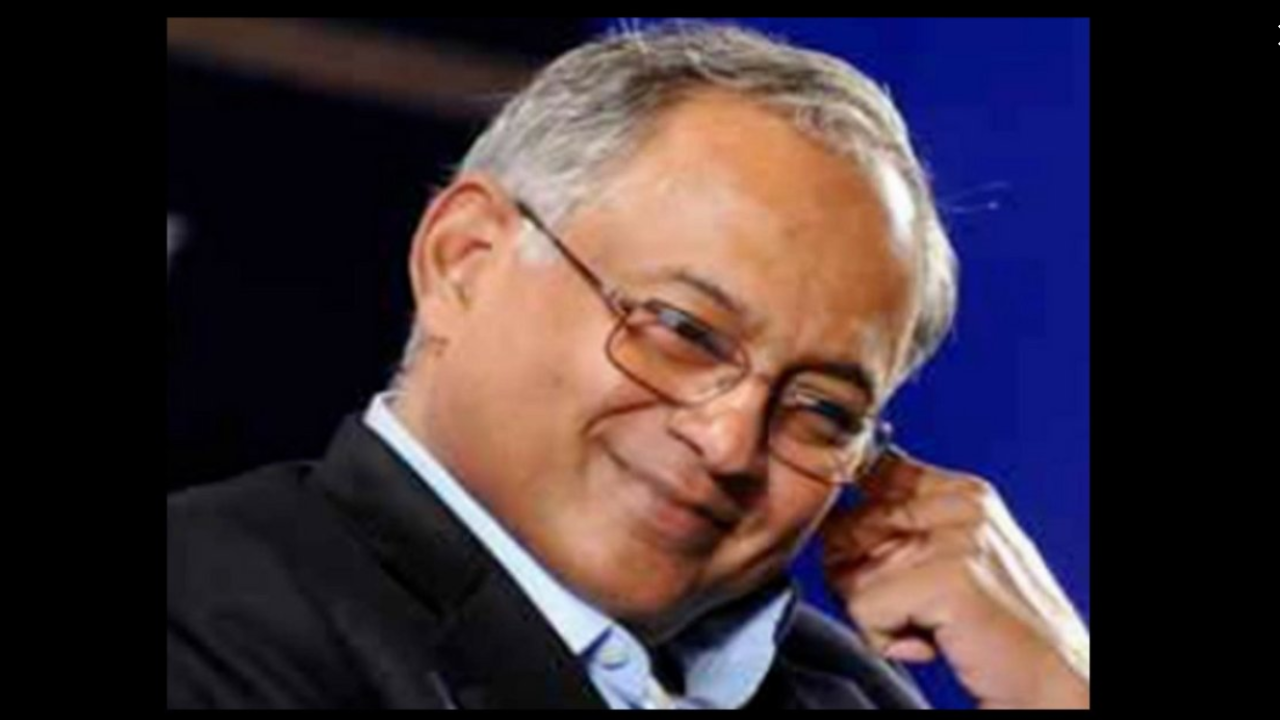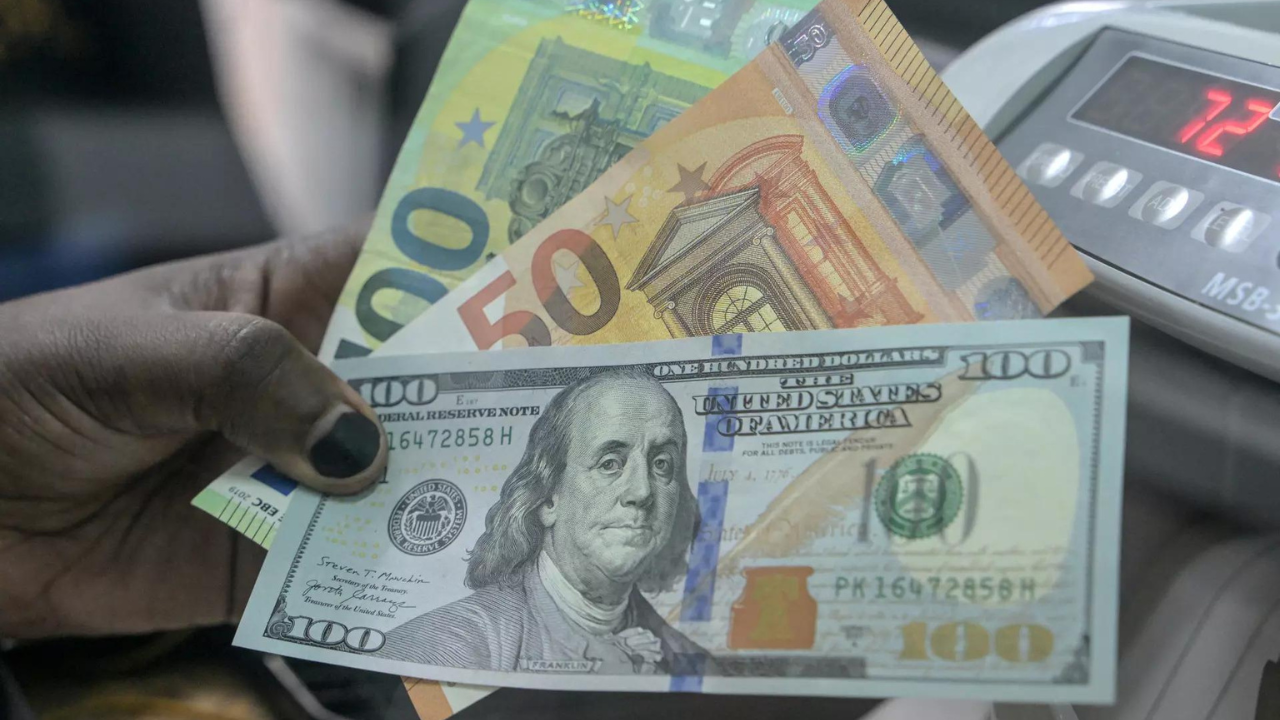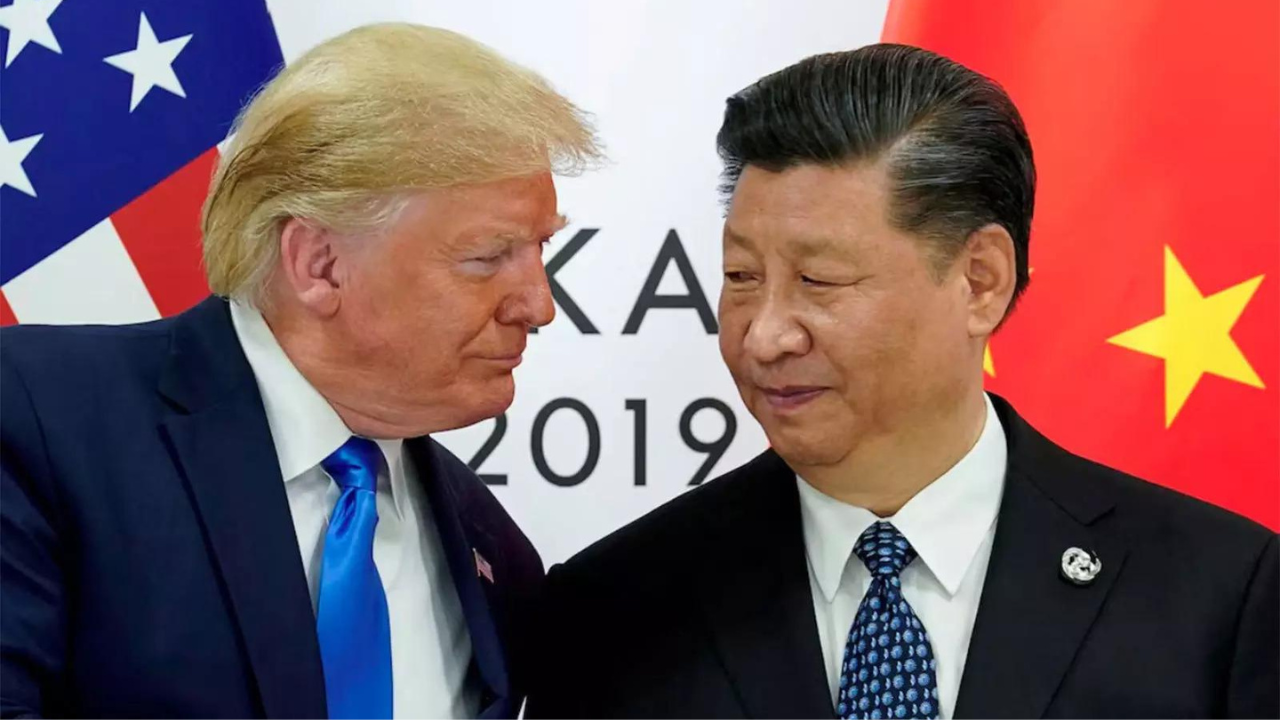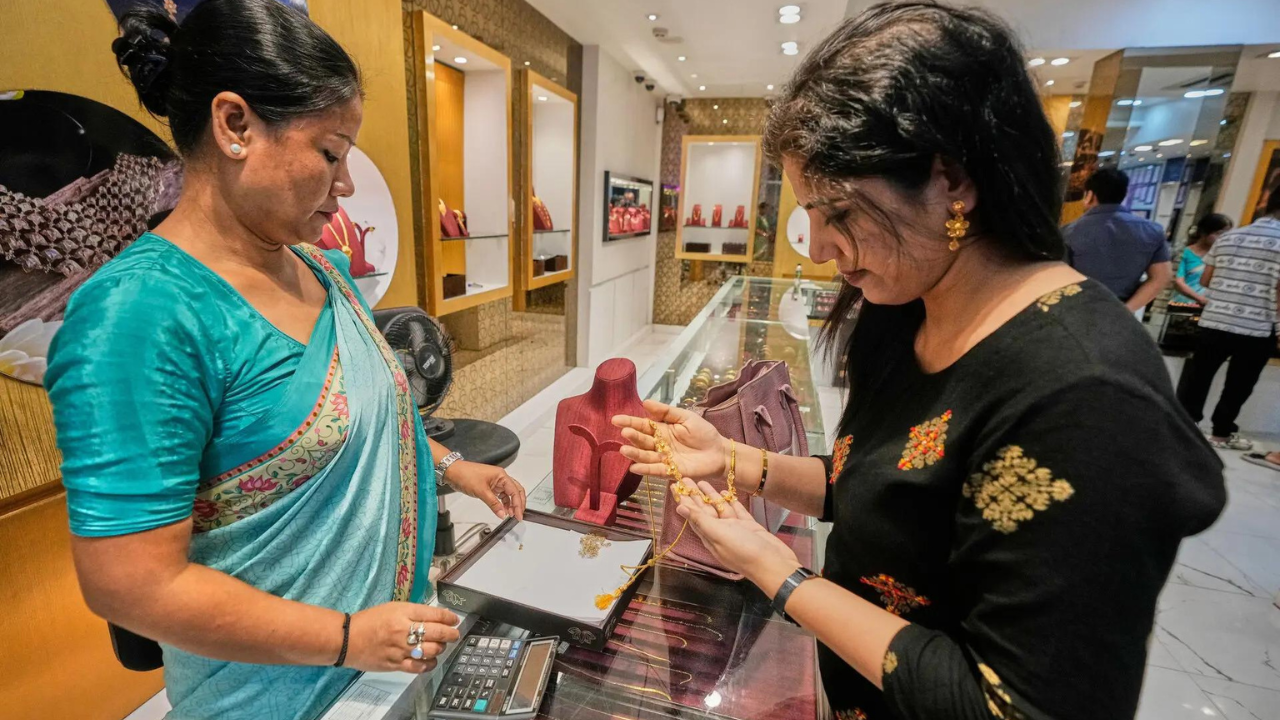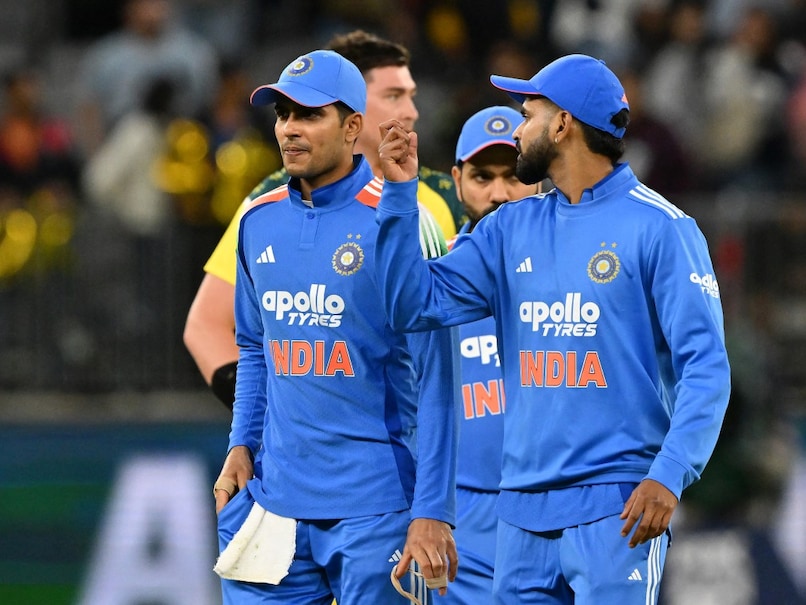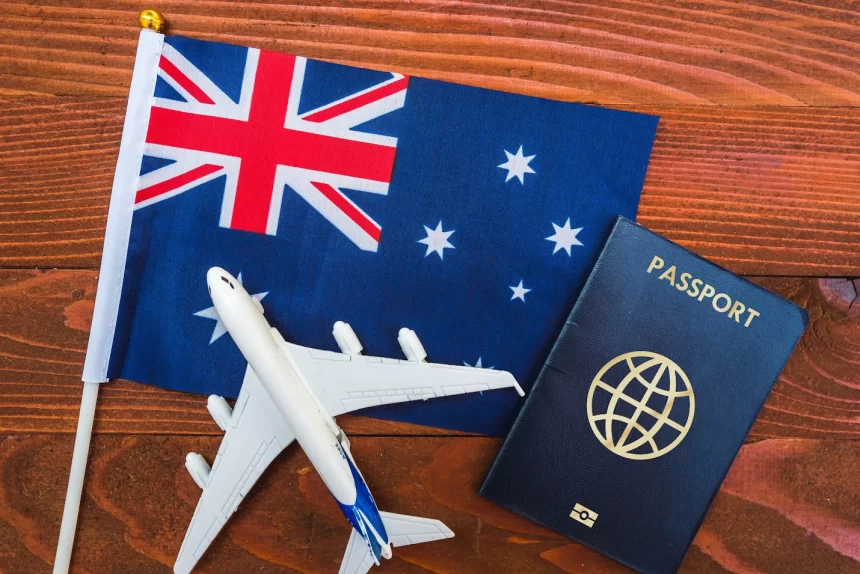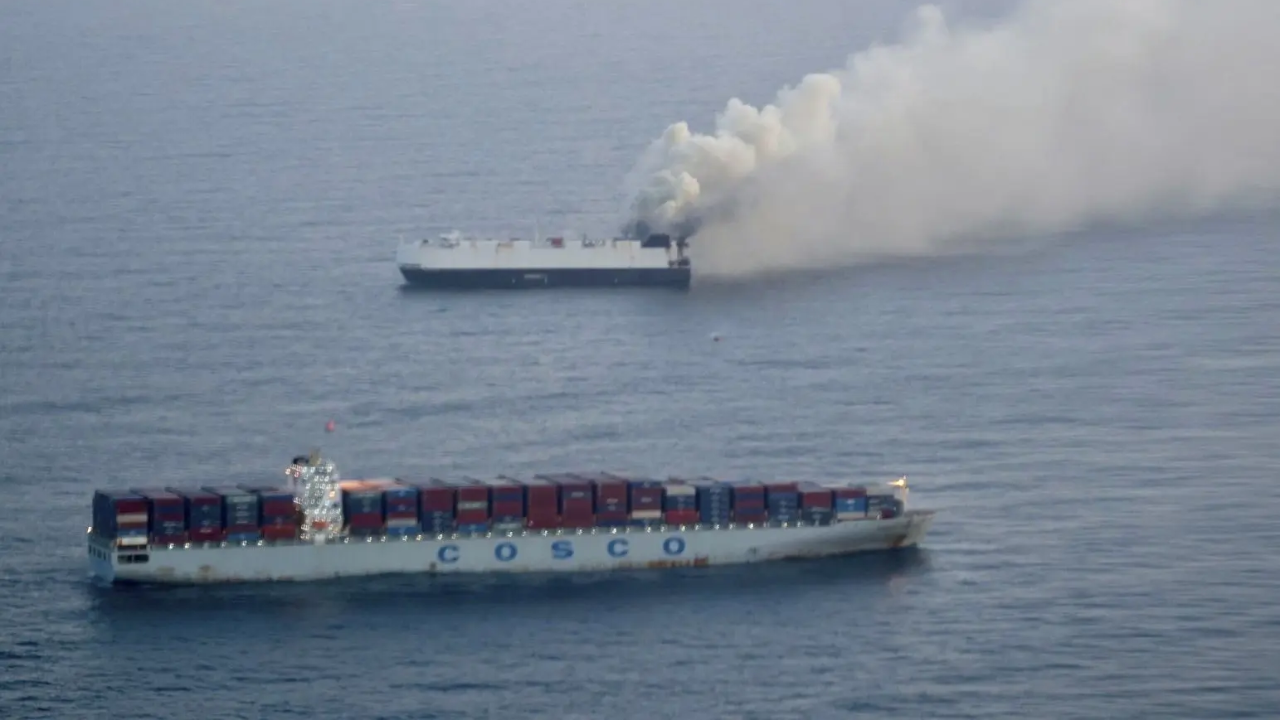How Lal Jayawardena’s socialist reforms opened up the Sri Lankan economy in the mid-1970s

Join our WhatsApp Community to receive travel deals, free stays, and special offers!
- Join Now -
Join our WhatsApp Community to receive travel deals, free stays, and special offers!
- Join Now -

To the south, socialism was also in the air, as Ceylon/Sri Lanka and India each turned to the left. Ceylon had made such turns at regular intervals in the past – about every five years as the governments switched at each election between left- and right-leaning coalitions. The former were led by the Sri Lanka Freedom Party (SLFP), which combined left-wing economic views with Sinhalese nationalism; as such they were often in power when sporadic if deadly violence erupted against the minority Tamil population. The SLFP’s rival was the United National Party (UNP), in contrast, favoured a more liberal, market-oriented economy. The political oscillations created whiplash for civil servants like Lal Jayawardena.
Jayawardena served in the UNP-led government in the late 1960s, landing in its Ministry of Planning and Economic Affairs after leaving the United Nations Conference on Trade and Development (UNCTAD) in 1966. The UNP, however, was agnostic (if not downright antagonistic) about the virtues of planning. Jayawardena aspired to grab their attention through the application of analytical planning techniques, especially those he had taken from his Cambridge teacher W. B. Reddaway. He had long fastened on Reddaway’s approach to planning, which amounted to an input-output table that tracked (for...
Read more
What's Your Reaction?
 Like
0
Like
0
 Dislike
0
Dislike
0
 Love
0
Love
0
 Funny
0
Funny
0
 Angry
0
Angry
0
 Sad
0
Sad
0
 Wow
0
Wow
0



